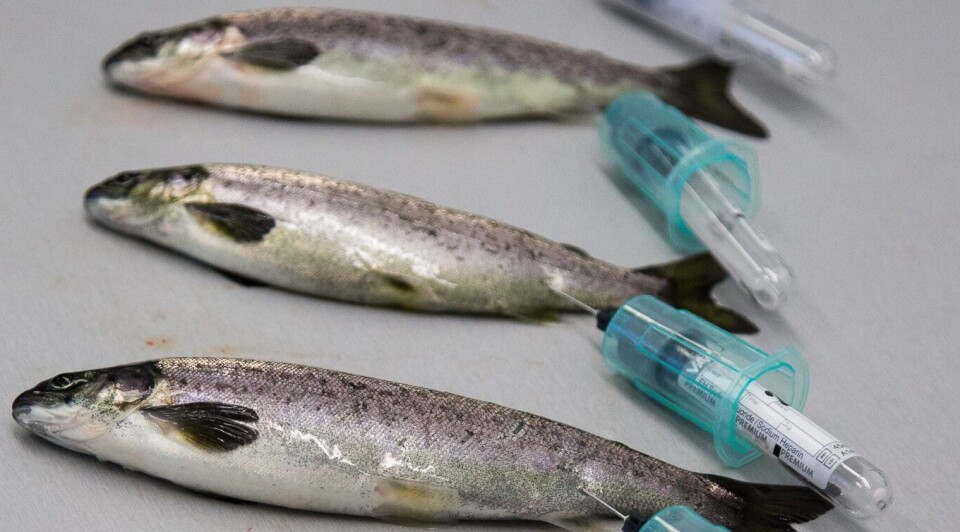
Sedation of smolts should be used sparingly, say scientists
Researchers investigating how sedation of smolts affects the fish have concluded that the practice should be restricted.
In an article for Fish Farming Expert magazine’s Norwegian stablemate Norsk Fiskeoppdrett, Nofima researcher Åsa Maria Espmark presents results from an FHF-funded project called SMOLTSED.
The main goal of the project was to investigate the osmoregulation and performance of fish that were exposed to sedation over a long period just before and during sea exposure.
The use of sedation in connection with the handling of smolt is widespread both in research and in commercial production.
“The purpose of sedation is to calm the fish during handling so that it does not feel discomfort, and that the operations can be carried out with a nice and smooth flow,” writes Espmark in the article.
Surprising results with repeated sedation
In the FHF project 900660 “Pumping and handling of smolt” which was completed towards the end of 2014 and which was also led by Espmark, some interesting discoveries were made when the smolts were pumped and the fish welfare was measured.
“Previous experiments and publications had shown positive effects of sedation, but that was for individual cases of sedation and transport by road. In the current study, the fish had five cases of crowding and pumping over five weeks, in addition to during transport,” she describes in the article.
Glucose and lactate were measured after the fish were transported nine hours by road and showed that the sedated fish had significantly lower values of lactate and significantly higher values of glucose than control fish that had not been present. Immediately after arriving at the cage and about a month after sea exposure, the mortality rate for all fish groups increased. But mortality was much higher for both groups of sedated fish. There were no significant differences in plasma cortisol between the groups at the end of the experiment.
“These results were very surprising. One possible cause of the findings may be that the fish’s osmoregulation was disturbed as a result of sedation, but the experiment did not have data to investigate this. The project group therefore wanted to take a closer look at this issue in a follow-up project.
Affects the stress response
It is this project from which results are now presented.
“The results show that sedation affects the stress response to fish and to some extent osmoregulation. But we do not have any data suggesting that the effect persists long after the sedation has ceased or that sedation has a long-lasting negative effect on performance. We also do not have data that shows the opposite,” writes Espmark.
She emphasises, nevertheless, that in situations where the fish is expected to withstand a great deal of resistance, sedation can prevent the fish from being injured as a result of collisions and hard swimming activity.
“It is advisable to sedate cautiously and only as needed, ie. in situations where the fish is handled a lot and where it is expected that the fish must work a lot, and to avoid repetitions and prolonged sedation.”























































